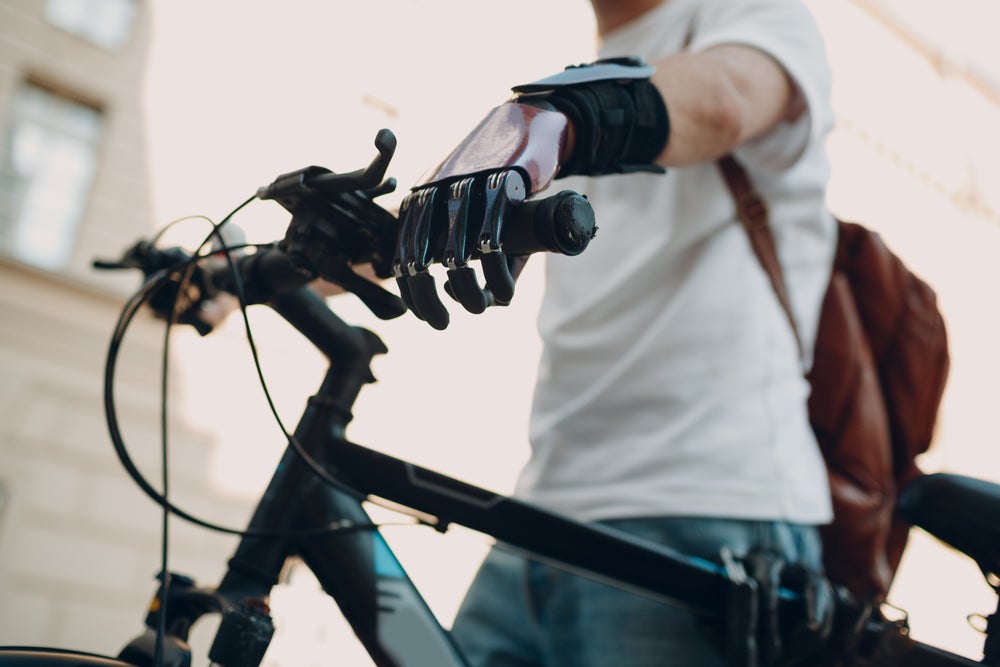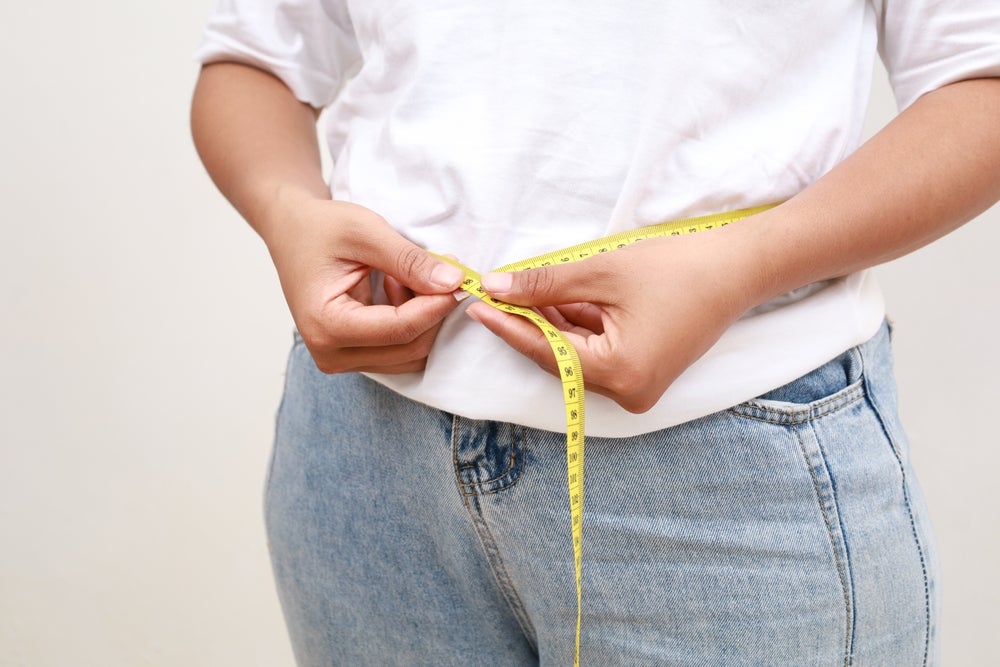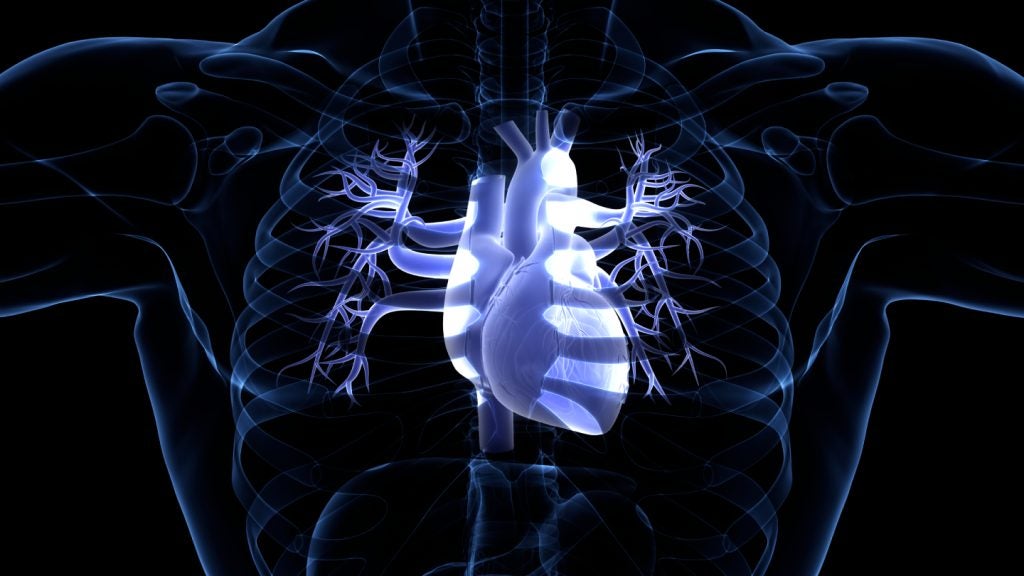
The global disability market comprises around 1.27 billion consumers, almost matching the size of the entire market of China and equating to roughly one in five people worldwide. The assistive technology market is expected to be worth $32bn worldwide by 2026, while the spending power of disabled people in the UK alone is approximately £274bn. With an ageing global population, these numbers are only set to increase as consumers develop age-related disabilities.
Yet, historically, assistive devices for disabled people – from wheelchairs to prosthetic arms – have been associated with a dreary, institutional aesthetic. Only in recent years have designers begun to listen to the demands of disabled people, who want the same range of choice when it comes to mobility aids and other assistive devices as they would with any other product.
How well do you really know your competitors?
Access the most comprehensive Company Profiles on the market, powered by GlobalData. Save hours of research. Gain competitive edge.

Thank you!
Your download email will arrive shortly
Not ready to buy yet? Download a free sample
We are confident about the unique quality of our Company Profiles. However, we want you to make the most beneficial decision for your business, so we offer a free sample that you can download by submitting the below form
By GlobalData“People don’t suddenly want everything plastic and beige,” says Eyra founder and CEO Susan Costello.
Eyra was established in 2018 after Costello and her sister had set out to find a two-handled cup for their elderly mother, whose hands had become very shaky. Unable to find anything they felt was aesthetically acceptable in speciality stores, the sisters opted to start developing their own line of homeware for people with mobility and pain-related issues in their hands.
The company has now released a set of kitchen utensils – consisting of a pasta grabber, spoon, slotted spoon and spatula – with uniquely angled handles designed to be easier to grip. Eyra cycled through around 50 different prototypes to come up with a handle that could accommodate a range of different grip styles and is now working on broadening its range of accessible kitchen products.
The next product it is planning to release is a chopping board designed to be more stable when in use than conventional products.
Eyra’s work is just one example of products on the growing market for aesthetically pleasing assistive devices, which manage to centre both form and function in their design.
Consumers want assistive devices that reflect their personality
As well as adapted versions of everyday products that both abled and disabled people need to use, products like rollators that are directly designed to be used by disabled people are also getting an aesthetic upgrade.
byACRE is a Danish company that produces rollators made of carbon fibre with a sleek, aesthetically pleasing design available in a range of colours.
The company’s Carbon Ultralight rollator, designed for everyday use, weighs only 4.8kg, while the Carbon Overload terrain rollator weighs in at 6.7kg – both less than the average weight of a more conventional aluminium rollator. This means the devices aren’t only nicer to look at, but easier to use too.
“The first thing was that it should not look like a medical device, it should have a clear reference to an organic shape,” says byACRE founder and CEO Anders Berggreen.
“If you look at carbon fibre bicycles or race cars, and at a predator like a shark or a barracuda or an eagle, they all have a sense of speed and activity. I tried to concentrate and distil these images into the rollator’s shape. I think we have really succeeded in creating a design language which people understand and relate to.”
Customised and colourful walking sticks are also taking off in popularity, something that NeoWalk founder Lyndsay Watterson says is largely thanks to disabled communities on social media.
“That’s the best kind of advertising you can have because everybody’s sharing and everybody wants each other to benefit in the same way,” she says.
Watterson, who is an amputee, began to make her own walking sticks at home after feeling unsatisfied with the lacklustre options available, which led to the founding of NeoWalk.
She says: “I actually made my first walking stick in my kitchen at home. I got an acrylic rod and I put it in the oven at home and I bent it around a wine bottle. People started saying ‘look at your walking stick, where did you get that?’, so I thought it could be something other people might appreciate as well.”
The manufacturing process for the company’s products remains similar. Watterson buys acrylic rods in bulk, which are then cut to the height of the user. The handles are heated in a specially adapted oven and moulded into shape. The products are available in a wide range of colours and designs, with custom options available.
“People just want something that reflects their personality, which a grey clunky walking stick from the hospital doesn’t,” Watterson says. “They might have pink hair, really fabulous earrings, a gorgeous dress, and then they’re left with this horrible wooden walking stick which just doesn’t match.
“I think people are just pleased to find something that they can say ‘this reflects me, this goes with me, inside this is how bright and pink I am,’ they’re thankful that there’s something out there that’s different to what we’ve just been expected to put up with.”
Bionic arms as an expression of identity
Prosthetic arms have received a great deal of media hype as the technologies behind them have advanced. In decades previous, prostheses would be purely aesthetic or have more limited functionality, but bionic device developers have sought to provide users with something more intuitive and multi-purpose.
Limbitless Solutions is a US non-profit based at the University of Central Florida which develops custom 3D-printed bionic arms for children. So far, it has donated 40 arms to 36 users. The devices are operated by the child flexing the muscles in their residual limb, usually in the bicep or very upper part of the forearm. These motions create a voltage signal within the device which processes into motion within the device.
The structural components of the arm are currently all 3D-printed, bar some fasteners and metal fixings. A vacuum thermoforming machine is then used to wrap molten plastic around the arm to form the cosmetic components.
Limbitless president Albert Manero says: “We learned that children with prosthetics really wanted to be able to stand out and express themselves through their bionic arms. All of the children we’ve worked with have gotten to pick multiple sleeves that magnetically lock into place on top of the structural components of the arm.
“They can go in and choose from a list of colour palettes and view the model in 3D on a computer, and then go and select any area and change the colour with a colour wheel, to really bring out the expression of the arm to match what they’re feeling. Children’s expression and identity develop over time, so it makes sense that the bionic arm has to go through that same process with them.
“It is amazing to see the kid’s confidence just go through the roof when they get an opportunity to bring their arm to their classroom and wear it. It really makes a profound difference for them. We know that if you’re comfortable being in school and you look forward to going to the classroom then you’re much more likely to have good outcomes, and that can change your entire life trajectory.”
Limbitless is currently undergoing a clinical trial in the US with 18 participants, with the end goal of submitting its device for US Food and Drug Administration (FDA) approval and scaling up distribution. The company is also working with the US Veterans Administration to develop a product for the adult population.
But not all disabled people find bionic arms are quite what they’re cracked up to be. Writer and human geographer Britt H Young, who sometimes uses a bionic hand, has written critically about the media hype that surrounds coverage about these devices.
Young says that flashy, headline-grabbing bionic devices often aren’t as efficient as press coverage and marketing materials can make them seem and that simpler devices can actually be more practical.
She says: “With prosthetic hands, the overwhelming emphasis (in popular media, funding, university research, etc) on the multi-articulating hand has overshadowed simpler, easier-to-use, and cheaper innovations. There is a massive disconnect between the user and the designers.
“Tonnes of the funding and research goes to expensive hands that very few people will acquire, and not enough designers/engineers are interested in creating low-cost devices that can assist people with upper limb disabilities around the home.”








